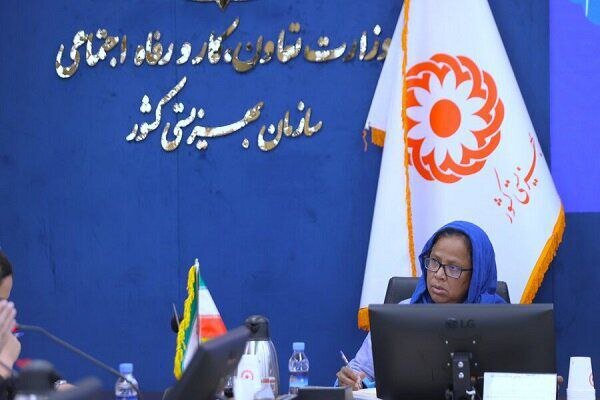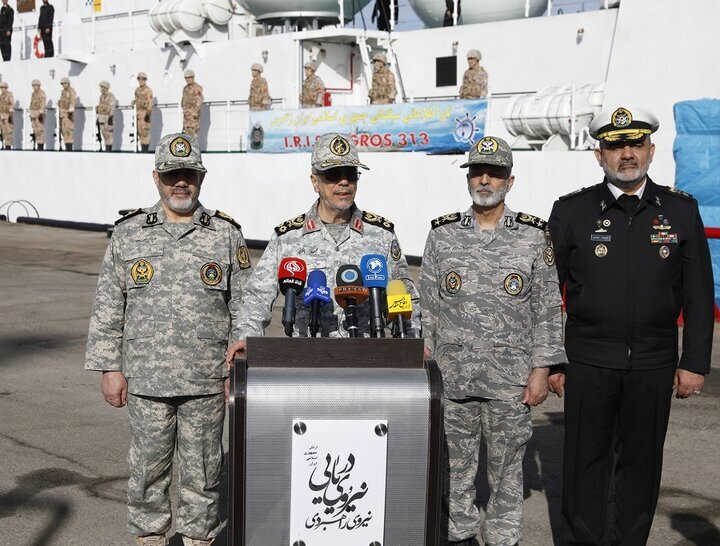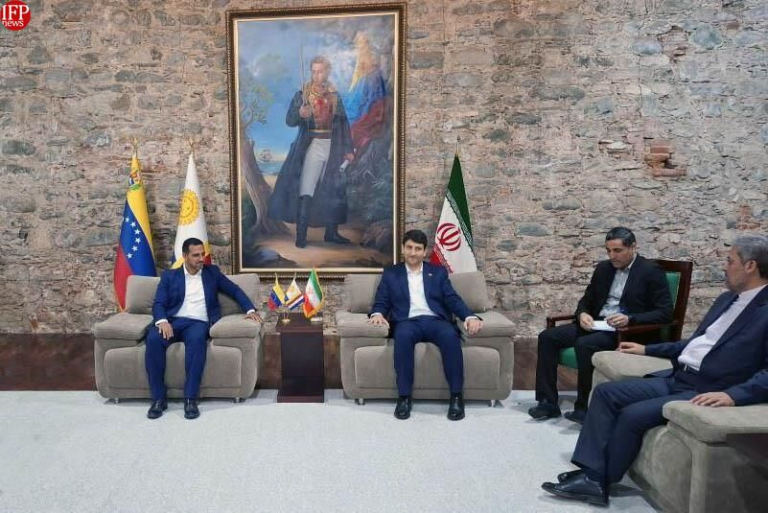UNDP Official Highlights Key Initiatives and Activities Transforming Iran
In recent developments, the United Nations Development Program (UNDP) has been actively engaged in enhancing various sectors in Iran. The organization’s focus areas include social and economic welfare, health, environmental protection, and disaster risk reduction.
Ayshanie Medagangoda-Labé, the interim resident representative for UNDP in Iran, highlighted these key areas during a ceremony commemorating two decades of partnership between UNDP and the Welfare Organization, as reported by Mehr news agency.
One of the primary goals of the UNDP is to introduce successful models from other countries to the Welfare Organization. Medagangoda-Labé emphasized the organization’s commitment to securing essential financial resources to bolster ongoing initiatives within Iran.
Key Focus Areas of UNDP in Iran
The UNDP’s priorities span across several key sectors:
- Economic and Social Welfare: This includes conducting research, supporting micro and small enterprises, and enhancing the well-being of at-risk groups such as female heads of households and vulnerable youth.
- Health: The organization focuses on combating both communicable and non-communicable diseases, collaborating closely with other UN agencies like the World Health Organization (WHO) and UNICEF.
- Environmental Protection: UNDP aims to safeguard Iran’s natural resources, wetlands, and biodiversity while addressing the impacts of climate change through adherence to international standards.
- Disaster Risk Reduction: Effective measures against sand and dust storms exemplify the successful collaboration in this sector.
In the energy sector, the UNDP is advocating for the use of renewable resources. Currently, Iran utilizes only one percent of its potential capacity in renewable energy sources such as solar, wind, and hydroelectric power.
Medagangoda-Labé stated, “We hope to be able to utilize domestic and international capacities to develop solar energy in different centers, such as health.”
Recent Collaborations and Initiatives
In March, the Department of Environment (DOE) of Iran and UNDP signed a memorandum of understanding (MOU) aimed at enhancing the country’s ability to tackle air pollution through innovative technologies.
Shina Ansari, head of the DOE, remarked, “Access to special [air] pollution monitoring systems provided by the United Nations Development Office can contribute to solving the country’s environmental problems, particularly air pollution, more effectively.”
The commitment of UNDP in Iran extends to strengthening economic resilience, reducing emissions, and achieving a sustainable energy future. The organization actively supports the transition towards renewable energy and improved energy efficiency.
Energy Efficiency Initiatives
To promote long-term sustainability, UNDP has developed an energy efficiency certificate framework, which was approved by the Economic Council. Additionally, it has equipped laboratories and vocational training centers to enhance skills in the clean energy sector.
Iran holds substantial potential for renewable energy, boasting 60,000 MW of solar capacity and 30,000 MW of wind potential. National objectives aim to install 30,000 MW of renewable energy by 2030 while reducing power consumption by 10,000 MW. However, challenges like energy intensity persist, as noted in a UN press release on January 28.
Conclusion
Through its multifaceted approach, the UNDP is making significant strides in addressing crucial issues within Iran. By focusing on social and economic welfare, health improvements, environmental protection, and disaster risk management, the UNDP is committed to fostering a sustainable and resilient future for the country.
As Iran continues to navigate the complexities of energy consumption and environmental challenges, the partnership with UNDP provides a pathway to harness renewable resources and develop effective solutions for a healthier and more sustainable nation.






